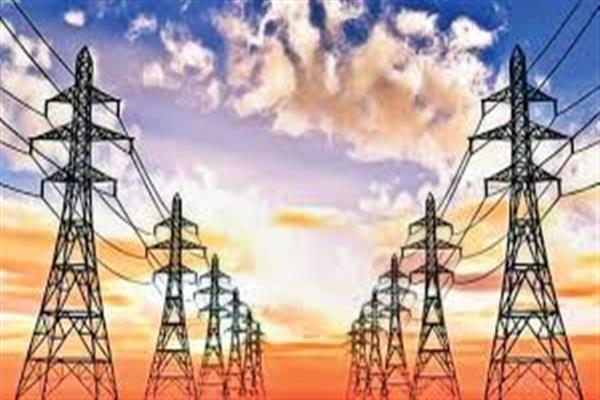New Delhi: India will soon have a modern and smart power transmission system with features such as real-time monitoring and automated operation of the grid, better situational assessment and the capability to have an increased share of renewable capacity in the power mix.
The new transmission system will ensure enhanced utilisation of transmission capacity and greater resilience against cyber-attacks as well as natural disasters.
These and other recommendations are part of a report of a task force set up by the Power Ministry in September 2021 to suggest ways for modernization of the transmission sector and make it smart and future-ready.
The report of the committee was accepted by the government after deliberations chaired by Union Power Minister R K Singh last week. During the meeting, the minister emphasised that a modern transmission grid was vital to achieving the government’s vision to provide 24×7 reliable and affordable power to the people and also meet sustainability goals.
Singh said that a fully automated, digitally controlled, fast responsive grid that was resilient to cyber-attacks and natural disasters was the need of the hour. The minister said that such a system should ensure the isolation of specific areas in case of any contingency, so as to protect the grid and prevent larger outages.
Appreciating the efforts of the task force, he directed the Central Electricity Authority (CEA) to formulate necessary standards and regulations for the adoption of identified technological solutions and set benchmark performance levels so as to build a robust and modern transmission network in the country.
The task force, in its report, has recommended a bouquet of technological and digital solutions that can be adopted to make the state transmission grids future ready.
These recommendations have been clubbed under categories of modernisation of existing transmission systems; use of advanced technology in construction and supervision, operations and management; smart and future-ready transmission systems; and up-skilling of the workforce.
While the short-term to medium-term recommendations will be implemented over 1-3 years, the long-term interventions are proposed to be implemented over a period of 3-5 years.
Agencies

